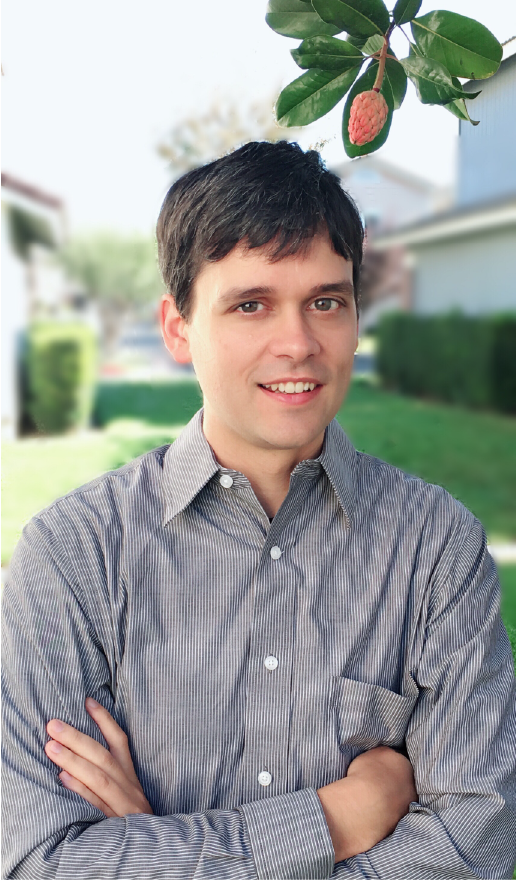I am a Staff Scientist in the Roukes group at Caltech. My research is concerned with mechanical motion at the nanoscale.
I hail from the great state of Kansas, where I studied physics and mathematics at the University of Kansas. Beginning in my undergraduate studies, I have always been fascinated in the general topic of statistical mechanics and thermodynamics. Anderson's essay "More is Different" describes up this intriguing set of ideas well, "the whole becomes not only more than but very different from the sum of its parts."
In graduate school at Caltech, I researched new materials, nonlinear dynamics, and noise in nanoscale mechanical systems. It has been my goal to look at scaling such systems into massive controllable arrays. This would enable a new type of research: study of these "very different" collective phenomena while observing and controlling individual components.
In the last few years, I have been constructing experimentas on a particular collective phenomena, synchronization of nanoscale oscillators. Synchronization of oscillations is prevalent in the natural world. For example, fireflies are known to beat in chorus when they flash in large swarms. Also, the neurons within our brains are known to synchronize at long-distances and set up collective slow oscillatory waves. These help transmit information between neural circuits. I have recently demonstrated in experiment that emergent effective networks can appear when the oscillators are not simple sinusoidal rhythms; a little bit of nonlinearity goes a long way.
Ultimately, I'd like to understand the relation between information, control of noisy objects at the nanoscale, and thermodynamics, both in the classical and quantum regime. With this understanding, it should be possible to construct new types of compuational devices, and, much like what already exists within biological systems, new types of functional compuational "materials" that take advantage of environmental fluctuations.
